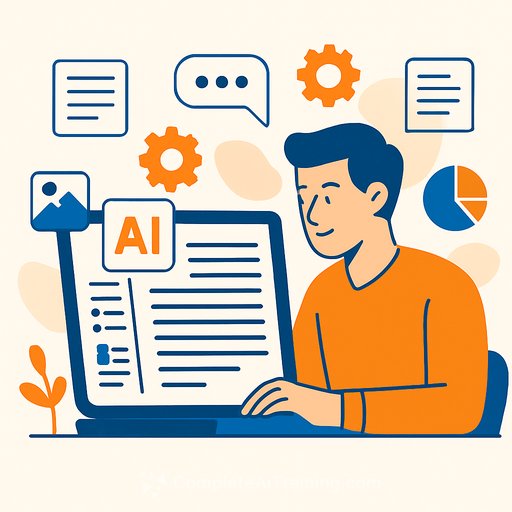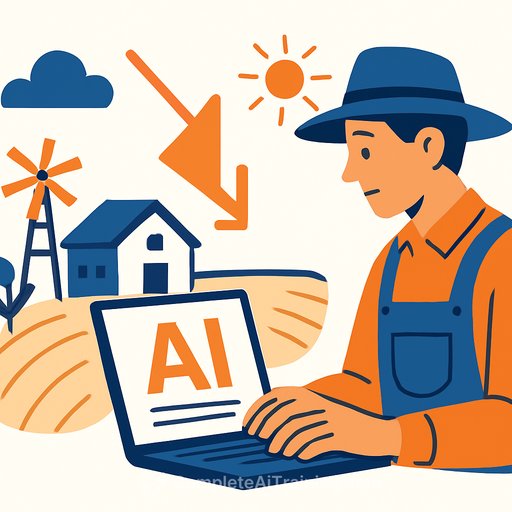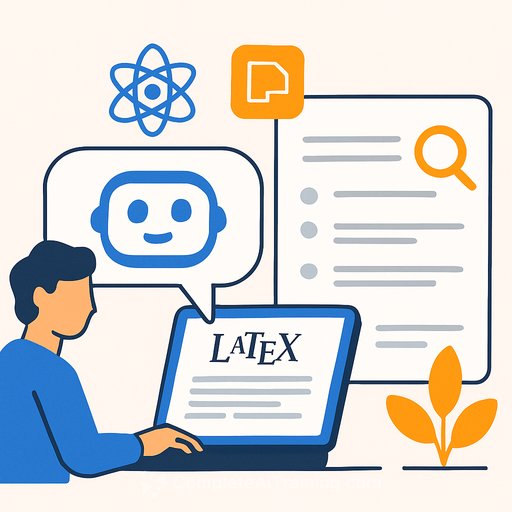Writing Automation: Changing the Writing Process
Writing has always required time and effort, whether a student is working on a book report or a professional is preparing a client proposal. Today, intelligent software is speeding up this process. Thanks to tools powered by artificial intelligence, both students and professionals can plan, research, draft, and edit much faster than before. Services like Speedy Paper demonstrate how smart algorithms can transform a blank page into polished text within minutes.
This growing use of automation isn’t magic. It’s based on machine learning models that detect patterns and suggest improvements. By automating repetitive tasks, writers free up time for rest, creativity, and deeper thinking.
What Is Writing Automation?
Writing automation uses digital tools to perform tasks that once took considerable manual effort. Early examples include spell-checkers, but modern systems do much more. They can outline arguments, generate citations, and even adjust tone with a click. Large language models power these tools by predicting the most logical next word based on billions of examples.
For students, this eases the fear of a blank page. For professionals, it turns late-night editing into quick, focused reviews. Importantly, automation supports writers rather than replacing them. The software may highlight awkward phrasing, but the writer decides what to keep. Think of it as a coach rather than a ghostwriter, keeping human control over content and integrity.
Core Technologies Behind AI Writing
Several technologies drive modern AI writing platforms. Natural language processing (NLP) enables computers to understand sentence structure and parts of speech. Machine learning algorithms analyze thousands of examples to detect patterns. Deep learning uses layered neural networks to recognize subtle relationships across ideas.
Training on textbooks, journals, and web content helps these models mimic human writing rhythms. Cloud computing allows heavy processing to happen on remote servers, delivering results quickly. Simple user interfaces make these complex tools accessible to anyone, even middle school students.
Combined, these technologies enable software to rearrange sentences, expand notes, or suggest sources with impressive accuracy.
AI in Education: Impact on Classrooms and Campuses
Just as calculators became accepted in math classrooms, AI tools are gradually being embraced in education. Rather than fearing cheating, many schools explore how automation can reduce teachers’ workloads and provide quicker feedback.
For example, chatbots answer common homework questions, freeing teachers to focus on deeper discussions. Automated rubrics flag missing citations or unusual paragraph lengths as soon as a draft is uploaded. Data dashboards track writing progress across grades, helping administrators target support where it’s needed.
AI is intended to assist after class, not replace educators. By combining human empathy with machine speed, schools can make better use of resources while encouraging critical thinking and authentic voices.
Boosting Academic Papers with AI Tools
Facing a deadline, students often struggle to start writing. Essay improvement tools help by evaluating drafts and highlighting sentences that stray from the main point. They suggest specific fixes like adding evidence or tightening introductions.
These tools also present opposing views from reputable sources, helping students develop balanced arguments. Citation generators reduce accidental plagiarism by quickly adding accurate references. Outline builders organize scattered notes into coherent frameworks.
Despite these benefits, users must still think critically and decide what fits their assignment. Using AI as a tutor rather than a shortcut leads to stronger papers and deeper understanding.
Faster Professional Workflows
Automation extends beyond education into many industries. Engineers write progress reports, lawyers edit contracts, and marketers draft campaigns with less time and effort. The same AI methods that assist students have been adapted for professional use.
For example, project managers can turn bullet points into polished summaries within seconds. Style checkers ensure content fits company voice, reducing endless revisions. Customer support uses templates that auto-fill details, freeing agents to address unique cases.
Many companies now include these tools in employee onboarding, signaling their growing importance. Saving minutes on editing adds up to more time for creativity and life outside work. Automation helps maintain quality and productivity without burnout.
Guidelines for Responsible Use
Convenience requires careful habits to maintain learning and integrity. Here are some practical tips:
- Read generated text aloud to catch awkward phrasing.
- Compare suggestions with style guides or rubrics to ensure meaning stays intact.
- Always include citations for any external ideas, even if formatted automatically.
- Set clear boundaries: let AI write paragraphs, but write your own thesis and conclusion.
- Check privacy settings—some free tools store content on public servers, which may violate policies.
Responsible use ensures automation remains a helpful supplement rather than a replacement.
Trends to Watch
Writing technology continues to evolve. Real-time collaboration with AI assistants is emerging, allowing multiple users to edit while the AI verifies consistency. Multimodal models will soon integrate text, images, and charts, enabling writers to get descriptive paragraphs and captions from rough sketches.
Voice cloning technology may let experts generate memos reflecting their speech precisely, minimizing revisions. In education, micro-tutors could track progress and deliver practice exercises exactly when needed.
At the same time, regulators work on guidelines to ensure fairness and avoid bias. Staying informed helps writers adopt these tools wisely and ethically.
Getting Started and Resources
You don’t need a tech background to begin using automated writing tools. Start with grammar checkers or free browser extensions to get familiar. Many cloud platforms offer limited free use before payment is required.
Try rephrasing a paragraph and compare results to understand features. Online forums and LinkedIn groups share honest reviews and updates. Video tutorials provide quick setup help. Open-source tools let educators install software locally to protect student privacy. Businesses may prefer enterprise plans with audit logs and encryption.
Curiosity is the best guide. Experimenting with tools focused on specific tasks helps writers find options that save time without diluting their voice. Basic spell checkers have grown into full collaborators that plan, draft, and polish content.
Ultimately, control stays with the human. Writers provide the intent, arguments, and final sign-off. Automation eases busywork, letting creative and strategic skills shine.
For those interested in exploring AI tools tailored for writers and professionals, Complete AI Training's list of AI copywriting tools offers a great starting point.
Your membership also unlocks:






